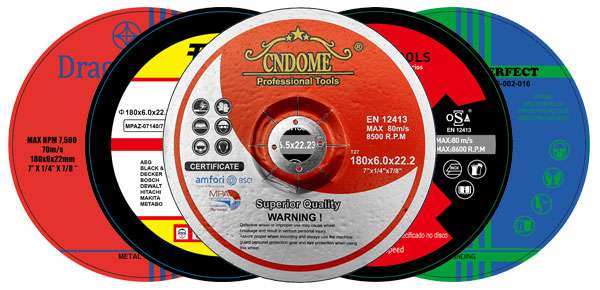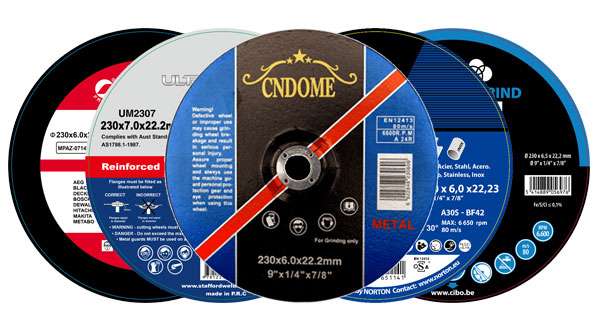When it comes to working with stainless steel, selecting the right grinding disc is crucial for achieving a smooth finish and maintaining the integrity of the material. Whether you’re a seasoned professional or a DIY enthusiast, understanding the features, types, and best practices for grinding discs can significantly enhance your results. Here’s everything you need to know.
Types of Grinding Discs for Stainless Steel
a. Flap Discs
Flap discs are versatile tools made from overlapping layers of abrasive material. They provide excellent flexibility and are ideal for blending and finishing surfaces on stainless steel. Flap discs also help reduce heat buildup, minimizing the risk of warping the material.
b. Grinding Wheels
These are solid discs specifically designed for heavy stock removal. They’re available in various grits and hardness levels. When selecting a grinding wheel, consider the type of stainless steel and the desired finish. Coarser grits (36-60) are perfect for aggressive material removal, while finer grits (80-120) are better for finishing work.
c. Resin Fiber Discs
Resin fiber discs are known for their durability and efficiency in grinding stainless steel. They offer a consistent finish and are available in various grits. These discs are ideal for tasks that require a combination of grinding and polishing.
Choosing the Right Grit Size
The grit size of a grinding disc determines the finish quality. Here’s a general guideline:
- Coarse Grit (24-60): Ideal for heavy stock removal and initial grinding.
- Medium Grit (80-120): Suitable for blending and finishing surfaces.
- Fine Grit (150 and above): Best for achieving a polished finish.
Material Considerations
When grinding stainless steel, it’s essential to choose discs specifically designed for this material. Look for discs labeled for use on stainless steel, as they are formulated to reduce heat and prevent discoloration.
Tips for Effective Grinding
Use the Right Speed: Ensure your grinder is set to the appropriate RPM for the disc you’re using. Higher speeds can lead to overheating, while too low speeds may not effectively remove material.
- Keep the Surface Cool: To avoid warping or discoloration, periodically lift the disc off the surface to allow it to cool.
- Maintain Consistent Pressure: Applying even pressure helps achieve a uniform finish and prolongs the life of the disc.
- Wear Protective Gear: Always use safety glasses, gloves, and a dust mask to protect against debris and harmful dust.
Maintenance and Replacement
Regularly inspect your grinding discs for signs of wear or damage. A worn disc can lead to uneven finishes and increased heat generation. Replace discs when they become thin or damaged to maintain optimal performance.
Conclusion
Grinding discs are indispensable tools in metalworking, especially when it comes to stainless steel. By understanding the types of discs available, selecting the right grit, and following best practices, you can achieve a professional finish while enhancing the longevity of your tools. Whether you’re tackling a small project or a large-scale job, the right grinding disc can make all the difference.



